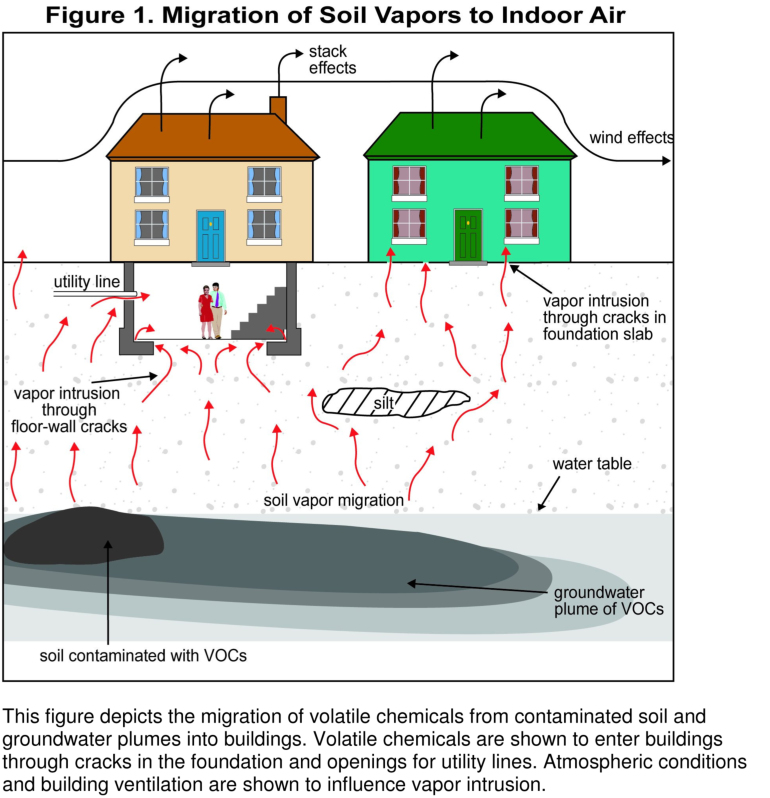Legal Update
Oct 3, 2013
SOMETHING NEW IS IN THE AIR: Important Changes to ASTM E 1527 “Phase I” Environmental Due Diligence
Buyers, Sellers and Lenders involved in the transfer of real estate, including real estate transferred as part of a corporate merger, acquisition or asset sale should take note of the revisions to ASTM E 1527 that are expected to be adopted this Fall.
This standard is typically the starting point used to conduct "Phase I" environmental due diligence to obtain landowner (and lender) liability protections under environmental statutes such as CERCLA. It also serves to identify possible environmental conditions warranting allocation of risk among the parties as part of the transaction. Until the dust settles – as parties, attorneys and consultants operate under the new standard – expect the "Phase I site assessment" to take more time to complete than in the past, and to cost more to obtain.
The new E 1527-13 version of the standard updates the E 1527-05 version. There are several changes to the 2013 version, the most significant one being the inclusion of vapor migration screening.
Vapor Intrusion
Vapor intrusion is the process by which chemicals in soil or groundwater migrate into indoor air (Figure 1). Historically vapor intrusion risk has been overlooked by parties to property transactions, but in recent years it has received increased attention. The revised E 1527 standard provides that Phase I environmental site assessments must consider vapor intrusion in evaluating possible Recognized Environmental Conditions ("RECs") on a property. Specifically, the new standard redefines the terms "migrate" and "migration" to include the movement of hazardous substances in any form including solids, liquids, and vapors.
In practical terms, this means that if the subject property has soil contamination or is underlain by groundwater contamination, unless the risk of vapor intrusion can be screened out, Phase II sampling likely will be necessary. Additionally, groundwater contamination risk in the past has often been addressed solely through an institutional control (groundwater use restriction by deed or ordinance). Because it is vapors migrating from the groundwater and not possible ingestion of groundwater that presents a vapor intrusion risk, such institutional controls are not adequate to address vapor intrusion. Indeed, parties to the transaction need to be aware that a past "No Further Remediation" ("NFR") letter issued for the property in question may no longer be adequate given that the NFR letter did not evaluate vapor intrusion risk.

Important Changes to Definitions
The 2013 version of E 1527 makes important changes to certain definitions, most notably:
- Clarifying the term Historical Recognized Environmental Condition ("HREC") to mean a contaminated condition that has been remediated to the satisfaction of a regulatory agency without any property use restrictions.
- Adding the term Controlled Recognized Environmental Condition ("CREC") to refer to a REC that has been remediated to the satisfaction of a regulatory agency but contains residual contamination that is allowed to remain subject to activity and use limitations, other use restrictions, or institutional and engineering controls.
More Stringent Requirements for Regulatory File Reviews
Environmental Consultants will now need to provide detailed justification for determining whether or not a regulatory file review is warranted.
Recommendations
Our recommendation is to prepare now for the new standard. For pending transactions, evaluate whether the new standard should be employed even if it is not yet in effect. Note that lenders either have already updated their lending policies or likely will be. In addition, anticipate that parties to property transactions are likely to see an increase in the length of time and cost for completing Phase 1 reports. If you need additional information or would like assistance in evaluating the conclusions of a Phase I Environmental Site Assessment Report, please contact your Seyfarth Shaw attorney.
